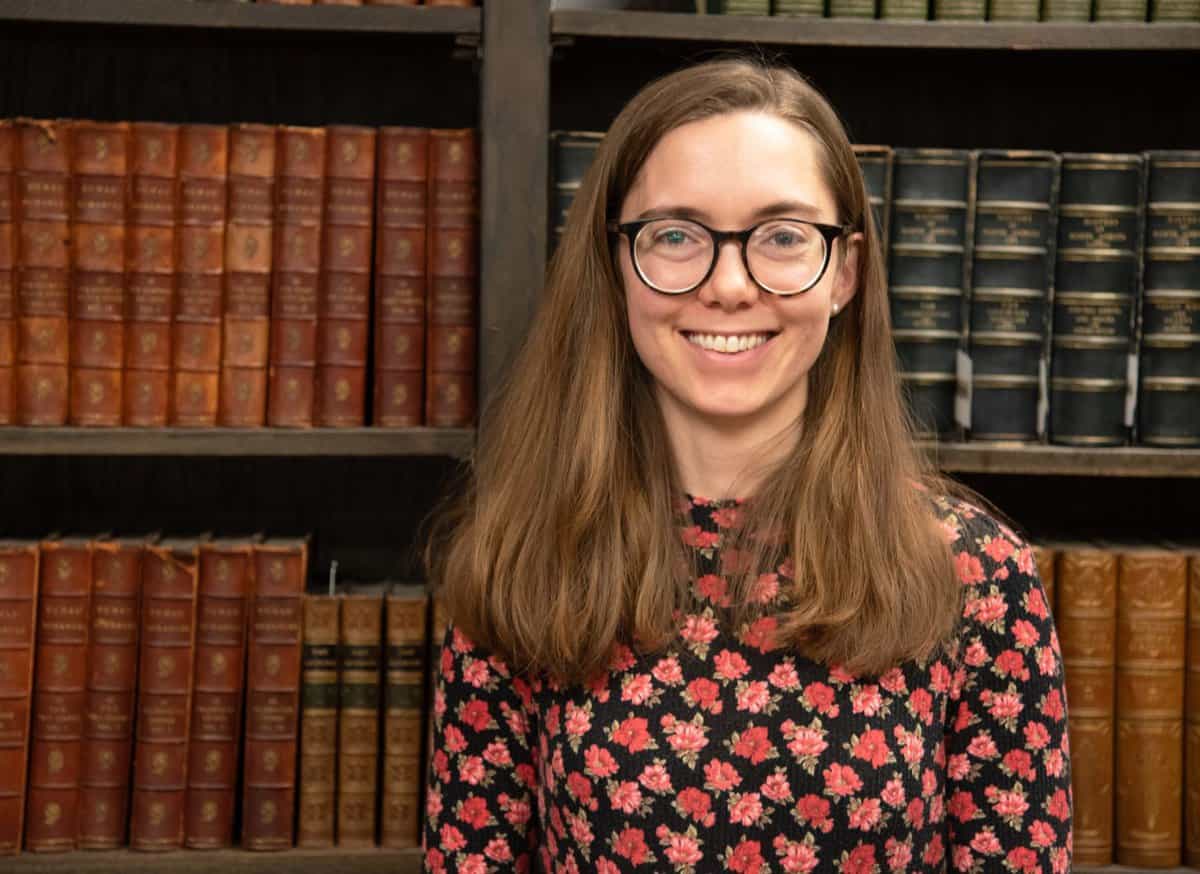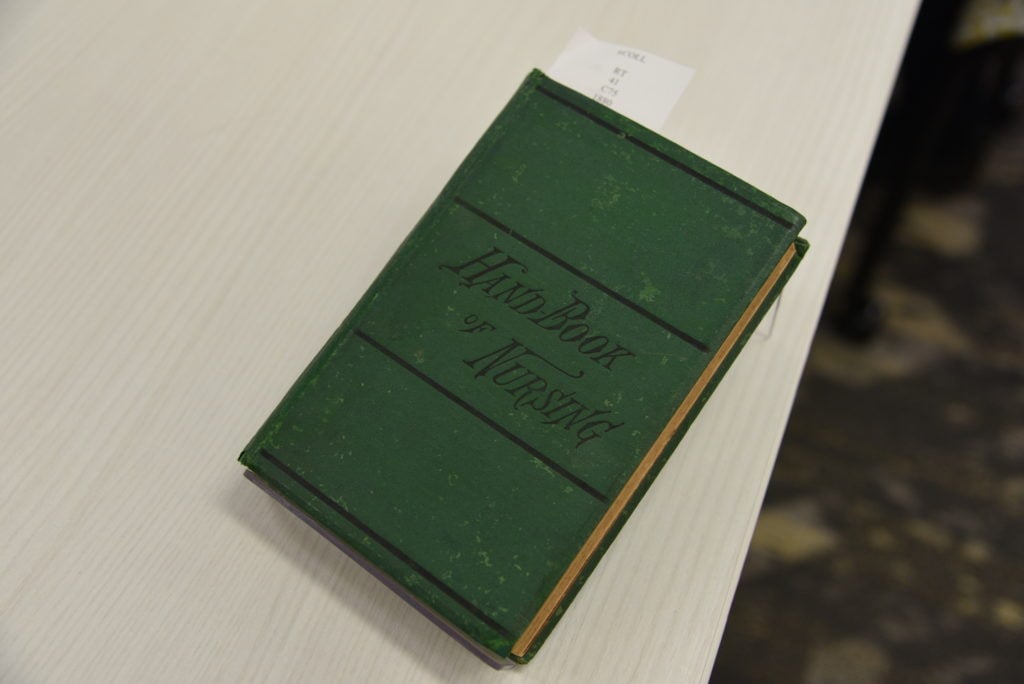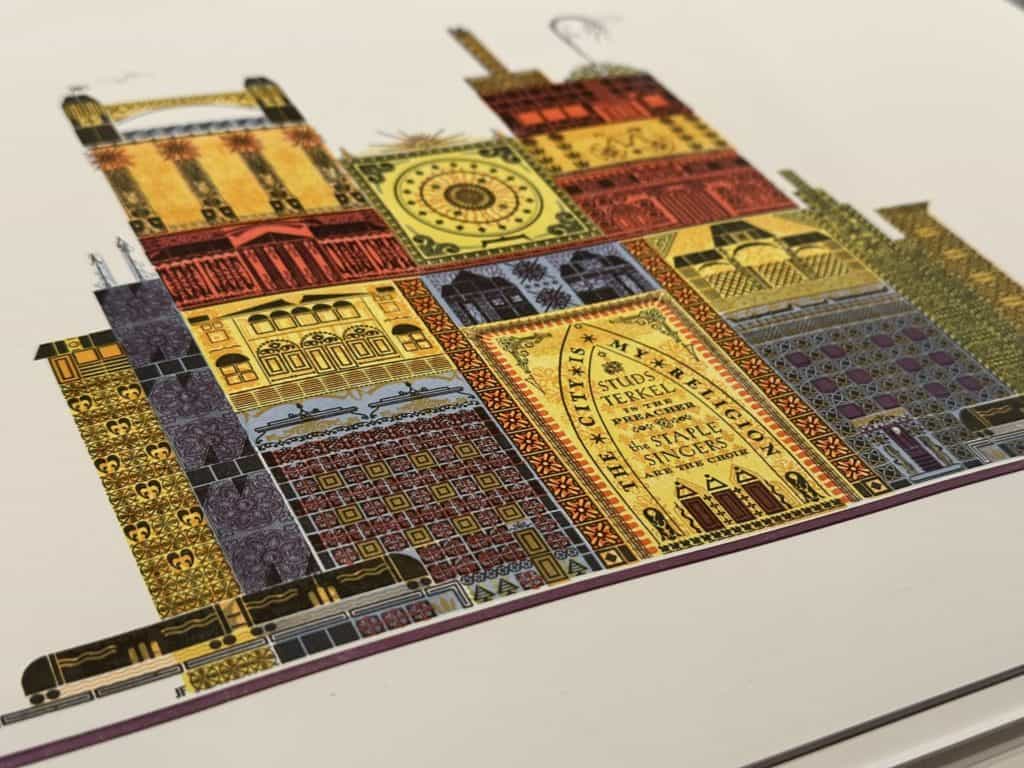Jade E. Davis joined the University of Iowa Libraries in October 2023 to take on the role of associate university librarian for teaching, learning, and research. Before her move to Iowa City, Davis served as the director of educational technology and learning management at the University of Pennsylvania Libraries in Philadelphia, Pennsylvania. Davis has extensive experience in higher education and holds a PhD in communication studies from the University of North Carolina at Chapel Hill. She is also the author of The Other Side of Empathy, published in August 2023 by Duke University Press.
Davis discusses her first academic year at the university, what she loves about academic libraries, and what makes the Libraries so special.
How has your time at the Libraries been so far?
My experience at the Libraries has been wonderful so far. When I interviewed last summer, I was excited by the strong sense of community and care that everyone spoke about. The organization is truly built on the belief in each colleague’s potential and expertise.
I am very glad to be here and hope that my work will highlight the essential role the Libraries plays in supporting teaching, learning, and research excellence at the university. This is due to the skills, knowledge, and care that extend not just to the staff but to everyone in the community.
Tell us about a few of the goals you’ve set for yourself and the areas you supervise.
Overall, the area I supervise is dedicated to enhancing the Libraries’ role as a dynamic hub for teaching, learning, and research. We focus on promoting collaborative innovation, facilitating the dissemination of knowledge, and creating inclusive spaces where all users feel supported and valued.
We are excited to be defining the TLR (Teaching, Learning, and Research) portfolio in alignment with the goals of the portfolio, the university, and the Libraries. Additionally, we are actively enhancing our support systems, particularly for undergraduate research. This will enable us to grow and evolve existing programs in alignment with our theoretical focus.
Personally, my main goal is to continue to get to know the Libraries and the university so I can better cultivate those things that allow for the type of teaching, learning, and research that could only come from Iowa.
What do you enjoy about academic librarianship?
As the “L” in GLAM (Galleries, Libraries, Archives, and Museums), what I love most about academic libraries is the meaningful interactions they foster. Unlike other institutions, academic libraries encourage people to engage with both the items and the staff. This “play” can involve exploring ideas, handling unique items, or using our spaces in creative and unexpected ways.
Academic libraries are spaces of exploration and creation, and I love the energy that this generates. I am always inspired by the incredible things we help bring into being through our resources and expertise.
How do you spend your free time?
Reality TV, video games (I am on my annual virtual reality kick, given all the new experiences that are being released), knitting, and theory books.
Currently I’m reading a book titled La langue anglaise n’existe pas. C’est du français mal prononcé, which translates to “The English language does not exist. It is badly pronounced French.” It came out this year and there were only three copies available in the United States. When I put in an Interlibrary Loan request, it was canceled. Instead, our wonderful acquisitions team ordered the book. It is a fun read and almost makes me want to go back through this interview and see how many of the words are badly pronounced French. If the book’s analysis is correct, it will be a bit over 50%. At the very least, “library” (librarie) is 100% a French word, but it means “bookstore.” As we know, libraries (in English), house free-to-use resources for our community. And we are so much more than books.

























